Manitoba Ash Lumber
- August 3, 2023
- 0 comment
Manitoba Ash lumber, scientifically known as Fraxinus americana, has earned its reputation as a sought-after hardwood due to its outstanding characteristics. Native to North America, with a strong presence in Manitoba, Canada, this wood species is often referred to as White Ash or American Ash. Its allure lies in its exceptional strength, making it a reliable choice for projects that require durability and load-bearing capabilities.

Moreover, Manitoba Ash boasts a versatile nature, as its fine and consistent grain patterns allow it to be fashioned into various shapes and styles, making it ideal for both intricate woodworking and structural construction. The aesthetic appeal of Manitoba Ash further enhances its desirability. Its heartwood ranges from a warm pale yellow to a light brown, while the sapwood is almost white, creating a beautiful contrast between the two.
The straight and uniform grain patterns lend an elegant touch to finished pieces, making it a preferred material for furniture, cabinetry, and interior millwork. Additionally, its resistance to decay and the elements makes it suitable for outdoor applications, such as decking and garden furniture, when appropriately treated. Despite its popularity, responsible sourcing and conservation efforts ensure that Manitoba Ash remains a sustainable choice for environmentally-conscious projects.
| Property | Description |
|---|---|
| Common Name(s) | Manitoba Ash, White Ash, American Ash |
| Scientific Name | Fraxinus americana |
| Distribution | Native to North America; common in Manitoba, Canada |
| Tree Size | Height: 50-80 feet, Diameter: 2-3 feet |
| Avg. Dried Weight | 41 lbs/ft^3 (660 kg/m^3) |
| Specific Gravity | 0.66 |
| Janka Hardness | 1320 lbf (5,870 N) |
| Modulus of Rupture | 15,800 psi (109 MPa) |
| Elastic Modulus | 1,900,000 psi (13,100 MPa) |
| Crushing Strength | 7,410 psi (51.1 MPa) |
| Shrinkage | Radial: 4.8%, Tangential: 9.9%, Volumetric: 15.1% |
Characteristics
Color/Appearance
Manitoba Ash presents a charming array of colors, with its heartwood spanning from a pale yellow to light brown, creating a warm and inviting appearance. In contrast, the sapwood is almost white, producing a pleasing contrast when used in projects. The grain patterns can vary from straight to moderately wavy, adding a touch of visual interest to finished pieces. Notably, the earlywood and latewood growth rings often display a pronounced contrast, further enhancing the overall aesthetic appeal.
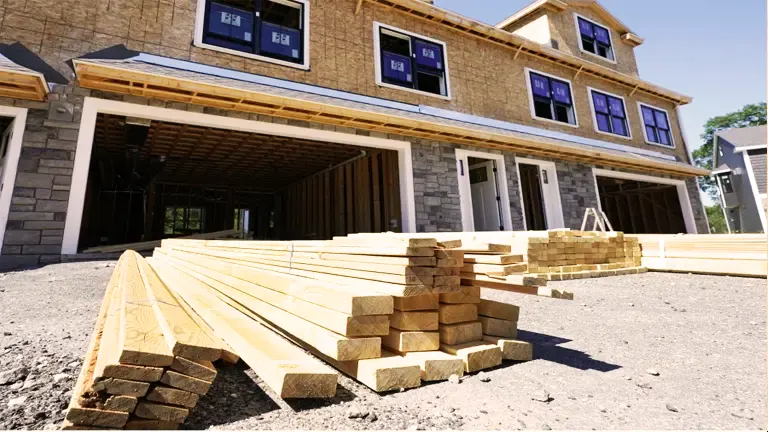
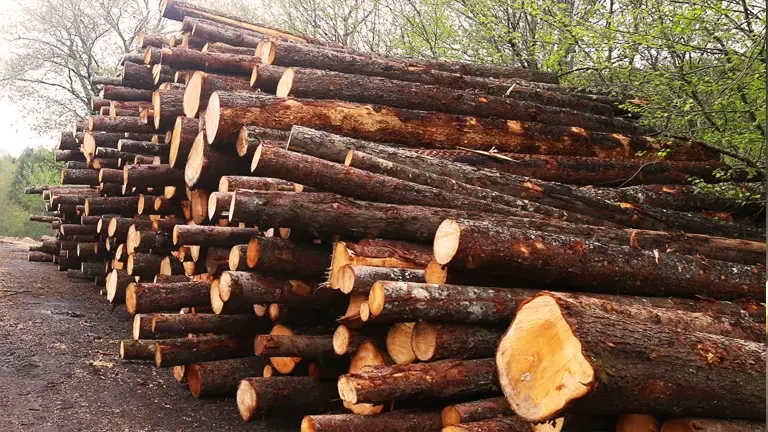
Grain/Texture
Ash is known for its distinctive coarse texture and straight, uniform grain patterns, making it a preferred choice for furniture and flooring applications. The wood’s even grain allows for ease of finishing, enabling artisans to achieve a smooth and flawless surface. This fine texture also contributes to the wood’s remarkable workability, making it versatile for a wide range of woodworking projects.
Rot Resistance
Manitoba Ash possesses good natural resistance to decay, making it a reliable choice for both indoor and outdoor projects. When adequately finished and maintained, it can withstand exposure to moisture and environmental elements, making it suitable for applications like exterior decking and garden furniture.
Workability
Woodworkers cherish Manitoba Ash for its ease of workability, both with hand tools and machinery. It cuts cleanly and consistently, allowing for precise shaping and joinery. Moreover, the wood exhibits excellent dimensional stability, minimizing the risk of warping or cupping during the drying and manufacturing processes.
Odor
Ash generally lacks any discernible odor, contributing to a pleasant and neutral working environment for woodworkers.
Allergies/Toxicity
Manitoba Ash does not have any specific reports of severe allergic reactions. However, as with most woods, some individuals may experience skin irritation or respiratory issues when exposed to the wood dust during woodworking. It is advisable to use appropriate safety equipment, such as a dust mask and protective clothing, when working with Ash.
Pricing/Availability
Manitoba Ash is generally moderately priced and widely available in various lumber markets. Its popularity and relatively abundant supply contribute to its accessibility for woodworking projects.
Sustainability
While some regions have experienced declines in Ash populations due to the devastation caused by the Emerald Ash Borer beetle, responsible forestry practices and conservation efforts help ensure the sustainability of Ash as a viable lumber source. Utilizing certified and responsibly sourced Ash lumber can support efforts to preserve this valuable hardwood for future generations.
Common Uses
Manitoba Ash finds application in a diverse array of projects. Its strength, attractive appearance, and workability make it a top choice for furniture, cabinetry, and interior millwork. The wood’s resilience to decay makes it suitable for sports equipment and tool handles, where durability is crucial. Furthermore, its beautiful grain patterns lend themselves well to veneers and flooring, adding an elegant touch to any space.
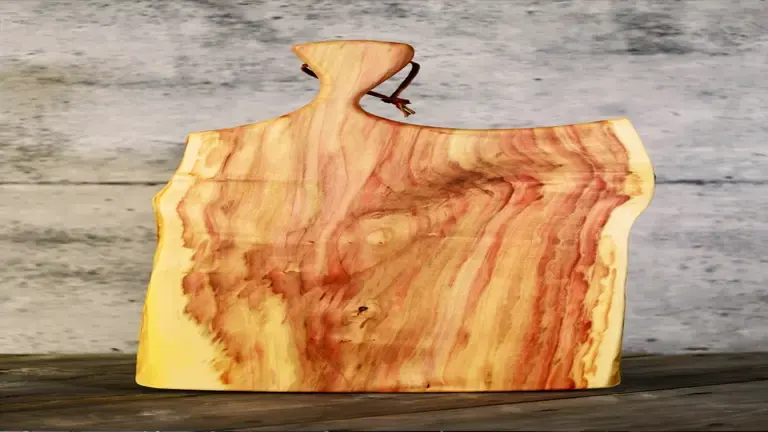

Frequently Asked Questions
- Is Manitoba Ash suitable for outdoor projects?
Yes, Manitoba Ash possesses good rot resistance, making it suitable for outdoor applications like decking and furniture, especially when properly treated and finished. - Can I stain Manitoba Ash to achieve a darker color?
Yes, Ash takes stains and finishes well, allowing you to achieve various color tones to match your preferences. - Is Manitoba Ash difficult to work with?
No, Ash is generally considered easy to work with due to its favorable workability properties. - Is Manitoba Ash an endangered species?
While some Ash species have faced challenges due to the Emerald Ash Borer beetle infestation, Manitoba Ash remains available and sourced responsibly. - Is Manitoba Ash a good choice for woodturning?
Yes, Manitoba Ash’s excellent turning properties make it a popular choice for woodturning projects such as bowls, spindle work, and other decorative pieces.
We’d love to hear from you! Share your personal experiences and thoughts about Manitoba Ash Lumber in the comments section below. Your insights could be a valuable resource in assisting others to make informed decisions!






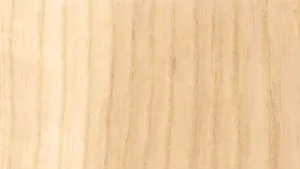

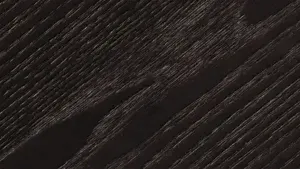
Leave your comment